MINNESOTA STATE SEAL REPLICA WOODEN PLAQUE
Made from solid mahogany this Minnesota State Seal replica wooden plaque and podium logo emblem is hand carved and finished by our expert craftsmen. The mahogany is cured and treated at our own factory to avoid warping and twisting over the years and a special keyhole slot is recessed into the rear to ensure a flush fitting on ay wall surface.
Call our customer support team at +44 808 258 7740 or use our Live Chat feature during business hours or order online! Our wooden state seals are always:
100% solid mahogany: (no cheap hollow stuff or fake wood made out of plastic).
Kiln dried to prevent warping: which creates a product that will last a lifetime.
Pantone color matched: to ensure your color requirements are an exact match.
Hand made by trained professional cabinet makers and artisans.
Shipped on a timely basis: Option for Express Delivery (Approximately 14 days).
About this seal!
The Great Seal of the State of Minnesota is the insignia that the secretary of state affixes to government papers and documents to make them official. A seal for the territory of Minnesota was adopted in 1849 and approved by Governor Ramsey and the territorial legislature. When Minnesota became a state on May 11, 1858, there was no official state seal and, according to law, no official act could be undertaken without it. The territorial seal was used as a state seal until Governor Sibley started using a new design. When the legislature did not approve Governor Sibley’s design, he made some changes, including changing the original Latin motto to French, Йtoile du Nord, thereby making Minnesota the North Star State. In 1861 the legislature adopted the new design, making it the official state seal. In 1983, the legislature altered the seal further. The design of the seal is as described in this subdivision. (a) The seal is composed of two concentric borders. The outside forms the border of the seal and the inside forms the border for the illustrations within the seal. The area between the two borders contains lettering. (b) The seal is two inches in diameter. The outside border has a radius of one inch and resembles the serrated edge of a coin. The width of the border is 1/16 of an inch. (c) The inside border has a radius of three-fourths of an inch and is composed of a series of closely spaced dots measuring 1/32 of an inch in diameter. (d) Within the area between the borders “The Great Seal of the State of Minnesota” is printed in capital letters. Under that is the date “1858” with two dagger symbols separating the date and the letters. The lettering is 14-point century bold. (e) In the area within the inside border is the portrayal of an 1858 Minnesota scene made up of various illustrations that serve to depict a settler plowing the ground near the Falls of St. Anthony while he watches an Indian on horseback riding in the distance. (f) For the purposes of description, when the area within the inside border is divided into quadrants, the following illustrations should be clearly visible in the area described. (1) In the upper parts of quadrants one and two, the inscription “L’Etoile du Nord” is found on the likeness of a scroll whose length is equal to twice the length of the inscription, but whose ends are twice folded underneath and serve to enhance the inscription. The lettering is 7-point century bold. (2) In quadrant two is found a likeness of a sun whose ambient rays form a background for a male Indian in loincloth and plume riding on horseback at a gallop. The Indian is sitting erect and is holding a spear in his left hand at an upward 60-degree angle to himself and is looking toward the settler in quadrant four. (3) In quadrant one, three pine trees form a background for a picturesque resemblance of St. Anthony Falls in 1858. (4) In quadrants three and four, cultivated ground is found across the lower half of the seal, which provides a background for the scenes in quadrants three and four. (5) In quadrant three, a tree stump is found with an ax embedded in the stump and a period muzzle loader resting on it. A powder flask is hanging towards the end of the barrel. (6) In quadrant four, a white barefoot male pioneer wearing clothing and a hat of that period is plowing the earth, using an animal-drawn implement from that period. The animal is not visible. The torso of the man continues into quadrant two, and he has his legs spread apart to simulate movement. He is looking at the Indian. adopted (dd.mm.yyyy): 1849

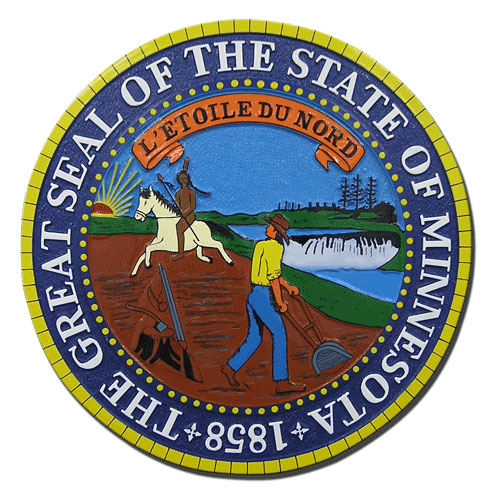
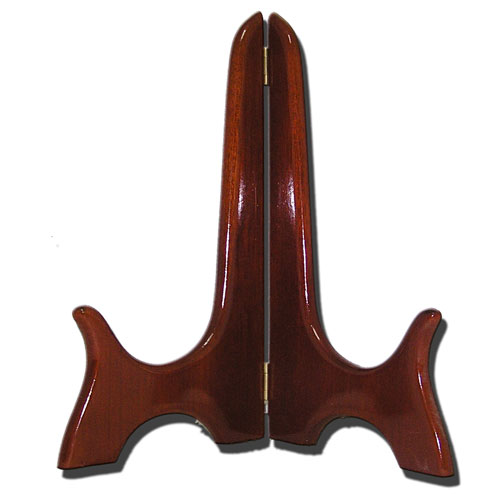
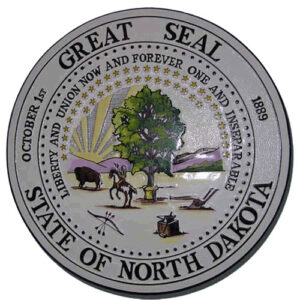
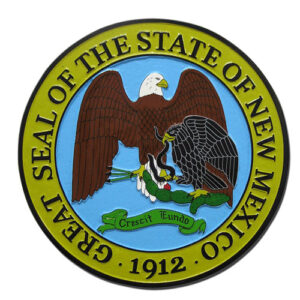
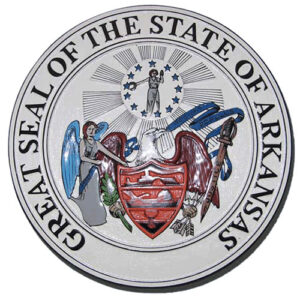
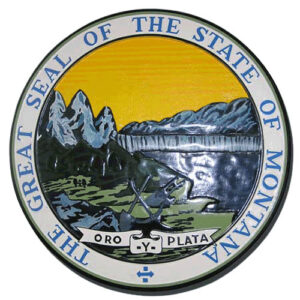
Reviews
There are no reviews yet.